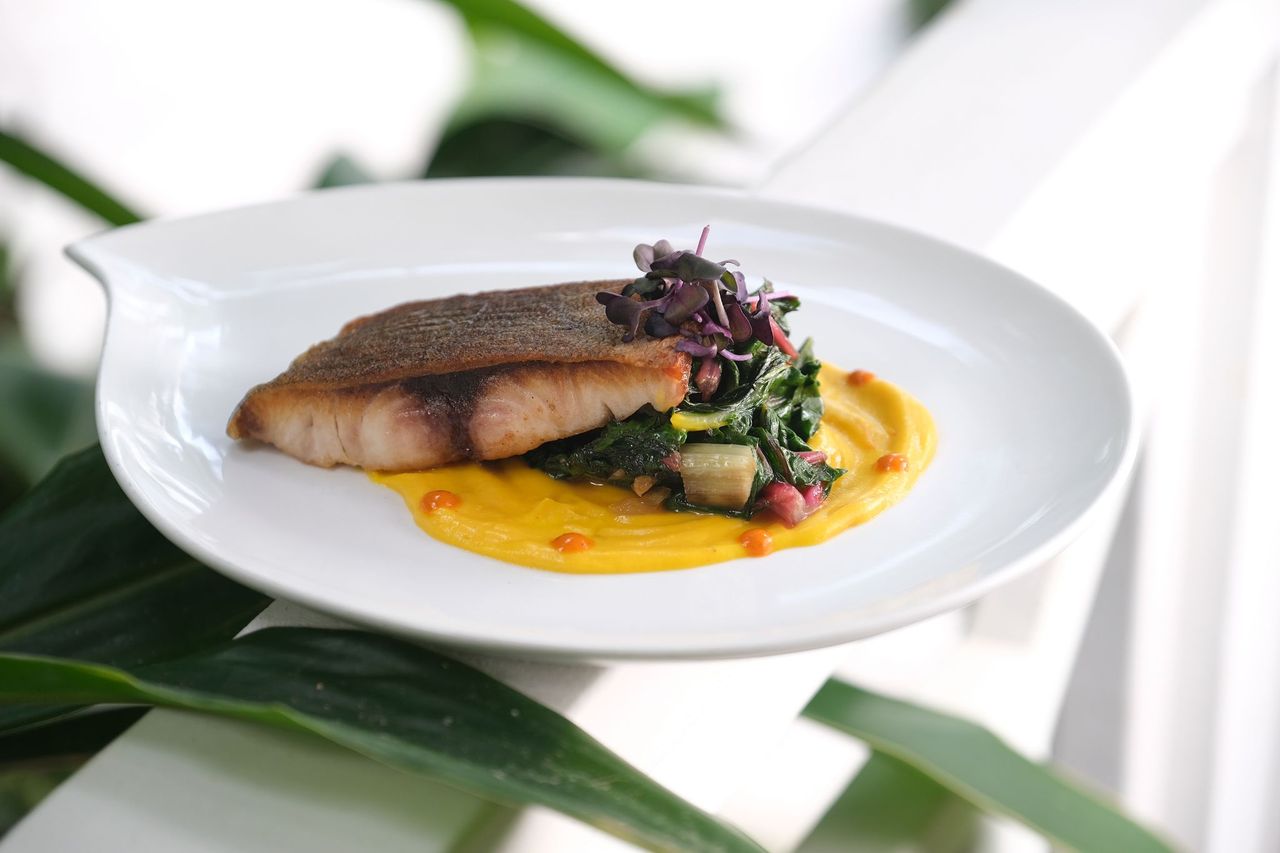9 Keys to Successful TV Brand Integrations
Read adaptation of this story on Forbes.com here.
 In the public relations realm, paid media is coming of age as press outlets of every sort seek ways to drive revenue and curate compelling news content in ways that do not compromise journalistic integrity. In the broadcast television realm, that is manifesting in the form of brand integrations—a news content curation approach that’s becoming an accepted norm among both TV shows and stations and publicity practitioners, alike.
In the public relations realm, paid media is coming of age as press outlets of every sort seek ways to drive revenue and curate compelling news content in ways that do not compromise journalistic integrity. In the broadcast television realm, that is manifesting in the form of brand integrations—a news content curation approach that’s becoming an accepted norm among both TV shows and stations and publicity practitioners, alike.
Even so, television brand integrations are not intended nor designed to be a proverbial “gold rush” for either party. Rather, this approach is a means to a more expedited and certain end to bring legitimately newsworthy content to air.
If you’re a publicity-minded company considering paid TV integration strategy, here are 9 things to remain mindful of.
1. Ensure the target show is a match. Just because a show airs in your desired region and is wildly popular doesn’t mean that it will be a fit for the topic and messaging you would like to convey. First and foremost, determine if the show is primarily B2B or B2C, so you’re certain if the audience is more business or lifestyle oriented. That, alone, might rule out your intended topic. Then determine if the show positioning has any particular topical slant. In the lifestyle realm, some shows are heavily (or specifically) oriented toward specific subjects like health and wellness, cooking, gossip and the like. Once that is shored up, research your target show relative to their reach and viewership metrics as well as other important factors like time of day that it airs to ensure you audience will be available at that date and time. Often you can request a media kit from the station that will detail those analytics along with the station and show’s audience demographics—all important factors that involved in decision if the show is the correct fit for your topic.
2. Contact the correct station representative. Unlike traditional public relations where the pursuit of organic media coverage usually happens by pitching a show producer, host, news director or another professional on the creative side, paid integration decisions (and segment facilitation) usually funnels through the advertising sales department. So don’t waste your time or that of others by contacting incorrect show staff, which demonstrates a lack of understanding regarding integrations and, in extreme cases, can adversely impact your relationship with the show or station at large. This would definitely be problematic should you intend to circle back for brand integration segments in the future.
3. Have a vision for the type of segment you would like to bring to air. Are you looking to book your own guest, perhaps an author or field expert, on a show for a direct interview about a compelling topic? Or, are you looking to send the show your product so that they can demonstrate and discuss it on air? Is this a cooking segment that needs a kitchen, a product showcase that requires a tabletop display, or a style segment for which you would like to do a small fashion show with models? Is the show accepting on-set segments yet amid the pandemic, or are they only booking virtual segments? Will it be live or a pre-taped “look live”? Before reaching out to anyone, have a sense of how the segment you desire would be executed on-the-air, if any “re-takes” are possible if something goes awry, and all of the resources the segment might require—both those that you and the station needs to respectively supply.
4. Be prepared to pitch a newsworthy idea as not everything is approved. While you might know the ‘type’ of segment you want to bring to air and how it will function (i.e., an interview or a product demonstration), next is to ensure the content and discourse that will be dedicated to that topic will be considered newsworthy. Is the segment premise at large—and what you intend to say about it—timely, relevant and compelling in the context of the current news cycle? Are the concepts fresh and not over-reported such that the audience will find it too intuitive or, worse, downright boring? Shows can’t—and won’t—risk bringing segment content to air that will cause viewers to turn the channel. Your desire and intention to pay does not trump the need for actual news value. So, ruminate long and hard on how to make your segment as unique and useful for the show’s specific audience as possible.
5. Ensure company or expert will be aptly vetted. Once a segment concept, delivery framework and intended topic and message points are approved, be prepared for the expert or product—and the company behind him, her or it—to be thoroughly vetted by show staff. Stations will want to ascertain that someone claiming to be an expert has the credentials to back that up and also that he or she will perform well on the air. So, be prepared to provide reference materials like professional biographies, published works and prior media experiences and coverage as part of this vetting process. Even when it comes to product and service purveyors, some shows will go as far as resting a business license number or tax I.D. to best ensure legitimacy. In doing so, they are helping maintain the integrity of the brand integration approach at large.
6. Ensure comprehensive guest intake. Once all above has been approved, it’s time to provide the show with the right information so that producers may aptly prepare for the segment. Of course, this will include things like guest name, title and company name in terms of exactly how you hope for the guest to be introduced. Also be sure to supply all of the contact information you hope to make it on air. This can include a phone number, street address, web site and social media handles. Not all of it may make it on a lower third graphic or end slate, so discuss with your booker what exactly they need—and how much can or can’t be utilized—in that regard.
With the guest intake detail, you will also provide an overarching and concise segment topic that is usually one sentence. This will be the high level view of what the segment is about. You’ll also provide a further fleshed out description of the segment—a short paragraph—for the production team’s further edification. The guest intake should also suggest some bulleted or enumerated talking points in order of priority should there not be time to get to them all. These can be in the form of facts and figures, or even framed as question the guest hopes to be asked. Of course, these won’t always be presented verbatim on the air but rather used as guidelines.
7. Have visuals to make the TV segment sing. TV is a visual medium, so ensuring the segment has suitable imagery can really make or break a segment. This is yet more important for segments that are not cooking product demonstration in nature. During an interview, for example, rather than 5 minutes of two “talking heads” having a conversation, this dialogue can overlay and run in tandem with video or still photographs that run as “b-roll.” If the guest is a physician discussing a new clinic rife with high-tech equipment, b-roll video of the clinic interior and exterior—and the machinery in use—can make a much greater visual impact and better engage and engross the viewer. Also keep in mind TV is now a high definition medium, so ensure the b-roll visuals that you supply the station are large enough. Still images should be large and high resolution, while video should be high definition (best if at least 1920×1080 pixels, 16:9 aspect ratio).
8. Understand required FCC disclosures. Under federal law and the rules of the Federal Communications Commission in connection with any on-air appearance, sponsorship via a brand integration or otherwise must be disclosed on-the-air by the show, to the viewer. At the very least, fully expect your brand integration-driven segment to include both a verbalized “this segment was sponsored (or paid) by” type of disclaimer that will be visually depicted on a graphic during the segment as well.
In some circumstances, you might even be required to sign a FCC Guest Certification & Release type of agreement that outlines provisions like the following, which have personally seen in select guest welcome and intake packets:
“Sponsorship. Federal law requires program producers, program suppliers, on-air guests and other who have accepted or agreed to receive (or paid or agreed to pay), any money, service, or other valuable consideration for the inclusion of any matter in material airing on a television station to disclose this fact to the station prior to the broadcast of the material.”
“On-Air Promotion. If a guest appearance is promotional in nature or gives disproportionate exposure to a guest’s product, service, or business, then the Federal Communications Commission requires the Station to identify the entity that furnished the guest’s appearance.”
Such agreements require the brand to certify and overly disclose whether or not there is any form of paid consideration anywhere down the line or in any regard for the appearance on the program. This is not to say that such paid consideration will be problematic, it just needs to be disclosed to the station so they can function appropriately in kind.
9. Express gratitude. Even though a paid brand integration segment makes it to air by virtue of sponsorship, the fact that it’s paid becomes incidental. As with any news or talk show segment, there’s a great deal of screening, pre-preparation, on-air delivery and post-production work involved. Do ensure your sales representative and the booker receives your thanks for a job well done. You’ll usually be rewarded with the aircheck clip so that you can enjoy your brand integration in posterity.
***Some or all of the accommodations(s), experience(s), item(s) and/or service(s) detailed above may have been provided at no cost and/or arranged to accommodate this review, but all opinions expressed are entirely those of Merilee Kern and have not been influenced in any way as per the disclosure policy on our “Legal” page***


















